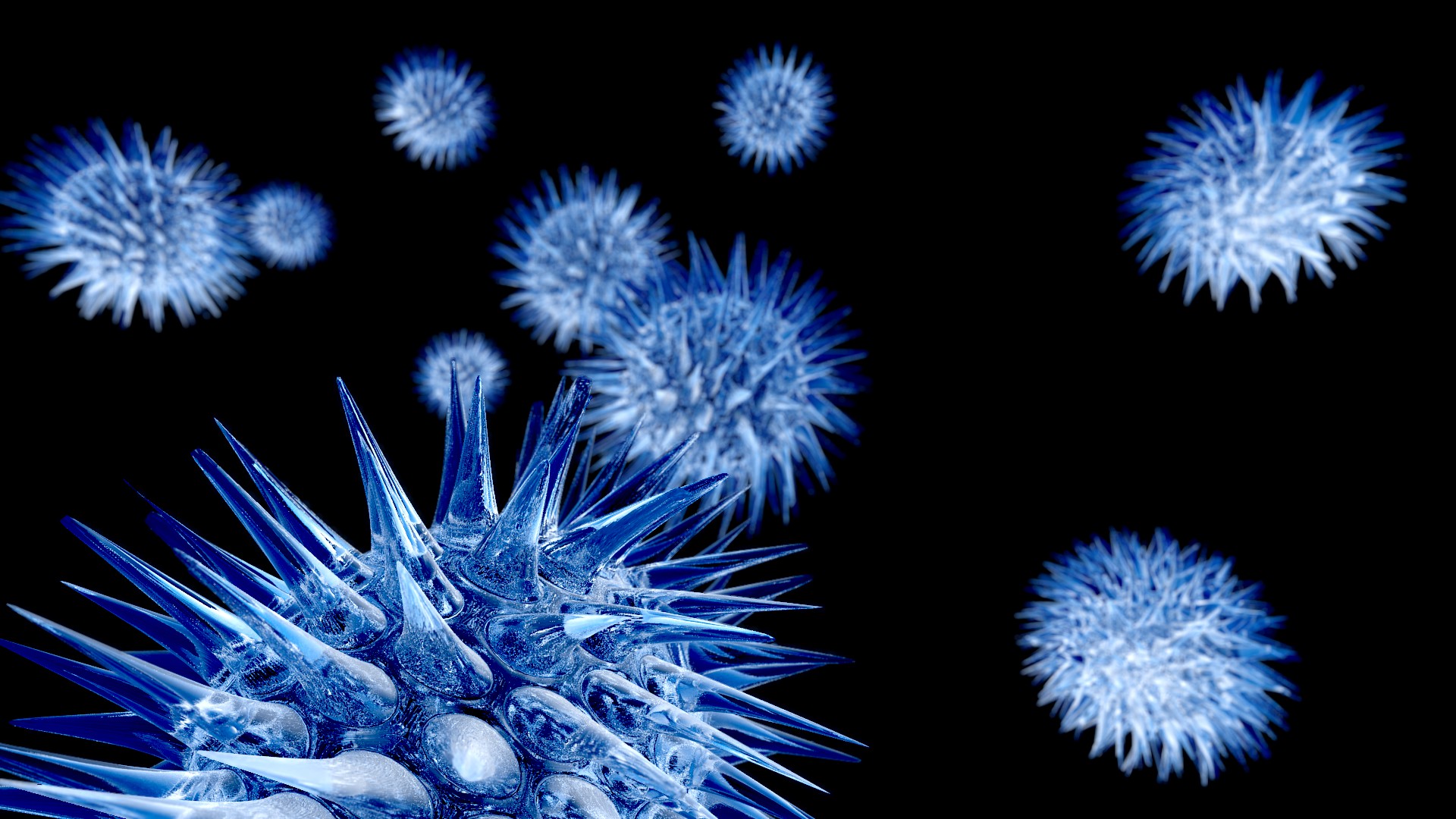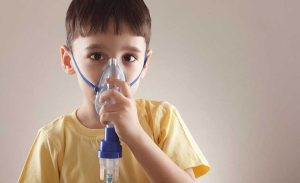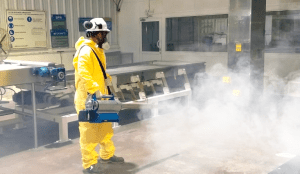Lancet study claims several countries noticed change in virus patterns. South states are no different, say doctors.

Representational picture of RSV (Creative Commons)
The global spread of the Covid-19 virus has altered the behaviour of other respiratory viruses says a study published in the Lancet.
The study observed that even though the change in virus behaviour is not a new phenomenon, the Covid-19 spread has a significant role in causing the changes in the other respiratory viruses over the last two years.
Dr Vijayalakshmi, Infectious Diseases expert from Chennai told South First, “When the Covid-19 outbreak occurred, it replaced all other viruses. It added that the specific changes that have been incorporated into our daily routine like using masks and maintaining social distance have also affected the spread of other viruses.
Dr Vijayalakshmi added, “We did not see the annual flu wave during the second and third wave of Covid 19,” she said.

It has become a tricky task for the doctors to diagnose respiratory infections (Creative Commons)
The study noted that the winter would bring higher respiratory viruses as the cold, dry air allows the viruses to survive.
It is during the same season that most people prefer to stay indoors and it increases the chances to spread viral infections.
However, the researchers noticed that in the 2020-21 winter seasons, even though the Covid 19 was very high, the respiratory viral infections like Influenza, Respiratory Syncytial Virus (RSV), and Rhinovirus etc., were low in the winter.
On the other hand, however, during the summer, when the number of respiratory viral infections is usually low, a high number of RSV infections.
The scenario in India is no different says Dr Vinay D, Infectious Disease Physician from Bengaluru.
He told South First, “These respiratory infections would occur during every monsoon but lockdown and effective masking has kept them on hold for the last three years.”
However, Dr Vinay said that the lack of exposure to these viruses has brought down the immunity over the last three years.
“Now with everyone freely going out in the public, the schools reopening coupled with lessened immunity, it has become easy for other viral infections to spread quickly. Hence we a spike in these infections during the unseason,” he told South First.

Respiratory Illness (Creative Commons)
Dr Ravi Mehta, renowned pulmonologist from Bengaluru told South First that as the Covid 19 is waning down, all the old viruses kept at bay till now are coming to the forefront.
“Though the respiratory illnesses have been there from times immemorial, post-covid, we observe this phenomenon where multiple infections are rearing their head. That too in a fashion which is difficult to figure out,” Dr Mehta said.
Dr Mehta added, “Since the nature of most viral infections, including the symptoms expressed in the patients is similar to Covid-19, the clinical diagnosis becomes a challenge. So at this point, we are seeing a whole gamut of Covid and regular viruses like H1N1, Influenza etc among the patients.”
The changing patterns of viral infections were observed between August and December of 2021, after the second wave of Covid.

Fumigation during Covid-19 (Creative Commons)
While the doctors predicted a high number of vector-borne infections like dengue, the cases reported were lesser than usual during the period in South India.
“Improved sanitisation and cleanliness of surroundings, continuous fogging and fumigation around the houses and areas where Covid 19 cases were reported had indirectly kept the mosquito breeding population low. This definitely would have contributed to fewer dengue cases that year,” Dr Kiran Madala, Critical Care Expert from Hyderabad told South First.
Dr Madala however said that the cases have gone up again in the latter part of 2021 and even this year.
Along with the change in virus patterns, we need to look at both environmental factors and behavioural factors that aid in changing the epidemiology of the virus itself, doctors explain.
Experts say when the viruses have changed their manifestations and their impact, it is crucial for doctors also to follow suit.
“It is important to get a comprehensive understanding of the infection to analyse it, Both doctor and patient need to understand and pay closer attention to diagnosis,” he added.

Jul 26, 2024

Jul 26, 2024

Jul 26, 2024

Jul 26, 2024

Jul 26, 2024

Jul 26, 2024